Sugar or crystal sugar , also called sucrose, saccharose or refined sugar, is the most commonly used household sugar (table sugar). It is produced either from sugar cane (cane sugar) or sugar beet (beet sugar).
Use in the kitchen:
The refined and crystallized, snow-white sugar is used primarily for desserts and consists practically (> 99.8%) only of sucrose. Household sugar must meet special purity requirements and is available in various grain sizes. Refined sugar is mainly used at home in baked goods or as decoration, in desserts, jams, syrups, etc.
Refined sugar is most commonly used in the kitchen for the following types of sugar: 1
- Decorating sugar is the finest powdered sugar mixed with small amounts of fat and rice starch. Icing sugar or icing sugar is finely ground white sugar (also called affinade, which means dissolving with water, a different step than refining), individual crystals are no longer noticeable. Icing sugar is used for dusting baked goods or desserts, for icing, for making marzipan and for caramelizing. Beekeepers use icing sugar to determine how badly a bee colony is infested with Varroa mites, so only for diagnosis, not for treating varroa.
- Instant sugar dissolves very easily and quickly, even in cold liquids. It is produced using spray drying.
- Castor sugar is fine-grained crystal sugar (finer than semolina or sand sugar).
- Semolina or sand sugar are crystal sugars with a medium grain size.
- Sugar or pearl sugar is coarse granules (2 - 3 mm grain size) that are produced by agglomerating refined sugar. This sugar is used to decorate pastries or as a topping for bread.
- Preserving sugar is coarser-grained than pure granulated sugar and is ideal for preserving fruit and vegetables.
- Fondant is cooked sugar with glucose syrup for icing or fillings.
- Gelling sugar consists of refined sugar and pectin as a gelling agent, often also with acidifiers and preservatives - for jams, jellies and marmalades.
- Syrup sugar is fine crystal sugar with pectinase or citric acid - suitable for making syrup.
- Vanilla sugar is white sugar with vanilla pulp.
- Vanillin sugar is white sugar with vanillin flavor (artificial) instead of vanilla.
Crystal sugar turns brown when heated to over 140 °C. This is due to a non-enzymatic chemical reaction, the caramelization reaction. This effect is called the Maillard reaction. The melting point is 186 °C and is also suitable for temperature calibration of an oven.
| Not only vegans or vegetarians should read this: Vegans often eat unhealthily. Avoidable nutritional mistakes . |
Storage:
Sugar should be stored in a dry, dark place when packaged. It will then last for many years. Sugar is too concentrated for microorganisms. They cannot use it. But there are animals like ants or cockroaches that would gnaw through paper sugar packages.
Ingredients:
Crystal sugar contains 99.96% sucrose, a disaccharide and carbohydrate. This is a colorless and odorless crystalline solid with a sweet taste. It also contains 0.04% invert sugar. This is a mixture of glucose and fructose. Refined sugar does not contain any other nutrients or trace elements. Only molasses, a waste product from sugar production, contains minerals. In terms of chemical composition and nutritional value, beet and cane sugar are identical. 5
Health aspects:
Sugar has many negative effects on our bodies. Consumption of industrially processed sugar is particularly harmful because the sugar immediately enters the bloodstream in large quantities. In general, people consume far too much sugar. Small children, who have a greater craving for sugar than adults, harm themselves by consuming too many sugary drinks or muesli. Diseases of civilisation such as metabolic syndrome, overweight, obesity and above all diabetes mellitus develop, even in childhood. It is undisputed that increased sugar consumption causes tooth decay. However, the form of the sugar plays no role in this (honey, easily digestible starch, etc.).
There is an assumption that sugar promotes hyperactive behavior - especially in children - and can worsen or even cause ADHD symptoms. The National Institute of Mental Health has conducted several studies on this, but there is no clear result for this theory. 3
To counteract these health risks, the WHO recommends introducing sugar taxes, which is finally happening in some countries (France, Hungary, Finland and Mexico). However, the question remains whether a small tax has a big impact in reducing sugar consumption.
Dangers/intolerances:
Diabetes mellitus is a major danger, especially type 2 diabetes (formerly "adult-onset diabetes"). As this disease is increasingly affecting children, it is known here under the name "MODY diabetes" (maturity diabetes of the young). This type has a genetic predisposition to insulin resistance and is a multifactorial disease. However, the primary cause is obesity, triggered by a diet high in fat and sugar. Blood sugar levels are constantly elevated. The consequences are cravings, sleep problems, metabolic disorders with hypertriglyceridemia (hypertriglycerdemia, hypertriglyceridemia) and low HDL cholesterol. 2 Patients and doctors often do not recognize the disease until very late, which is a major problem.
For several years now it has also been clear that parents' diet, even before the conception and birth of children, has epigenetic influences that promote or inhibit disease in the child. See Professor Gottfried Schatz's article on this or the even more detailed article on epigenetics . Here you can also find information on preventing diabetes 2 .
Occurrence:
Sugar is produced from sugar cane and/or sugar beet. Sugar cane is grown in subtropical and tropical regions and sugar beet in temperate latitudes, e.g. in Central Europe. Transgenic sugar beet is also permitted in the USA. Sugar beet has only been known since 1801 as a breed from sugar beet - and this in turn was developed from the common beet in 1750. In contrast, people have been growing sugar cane for around 10,000 years in Melanesia and Polynesia. Two thousand years later, also in India and Persia.
Cultivation, harvest, processing:
Sugar cane ( Saccharum ) is a reed-like plant from the grass family that reaches a height of 5-9 m and an age of up to 20 years. Unlike with most cultivated plants, the flower or fruit is not economically important, but the stem. This contains the sugar juice and can have a diameter of up to 7 cm. The simplest method is propagation via cuttings. You take stems of the cane, ideally with two to four nodes, and plant them in the soil, which then has to be hilled up. 5 The plant needs a lot of water, but must not stand in water due to the risk of rot. After around 9 to 24 months after planting, the cane is ready for the first cut, depending on the sugar content and degree of ripeness. The stalks are cut off directly above the ground. This is done by hand or with sugar cane harvesting machines. These stumps sprout again and after a further 12 months the second harvest takes place. Depending on the region, the same field is harvested up to eight times. Sugar cane is usually pressed hot to produce sugar juice. This is then processed into cane sugar through crystallization and refining. The sugar content in the sugar cane pulp is 10-20%.
Sugar beet ( Beta vulgaris subsp. vulgaris , Altissima Group) is grown as early as possible in March or April on deep, nutrient-rich clay or loess soils. As they are not self-compatible and are very susceptible to nematodes, a well thought-out crop rotation is required. Harvesting begins in September and can take place until December, by which time the sugar content of the beet has increased considerably. After harvesting, the beets are cleaned and chopped. They are mixed with hot water in extraction towers. This creates raw juice. This contains the dissolved sugar. Milk of lime, which binds non-sugar substances, clarifies the juice. This light yellow thin juice contains approx. 16% sucrose. As the water evaporates, the sugar content increases to up to 75% and the juice becomes increasingly viscous and thick (thick juice). The remaining water evaporates under negative pressure without the sugar caramelizing. Added seed crystals start the crystallization until the desired crystal size is achieved. Centrifugation separates the molasses and crystals, which then dissolve in water and crystallize. The result is refined sugar, a particularly pure and white sugar. 4
General information:
In 8000 BC, people were using the sweetness of sugar cane, and in 600 AD, discoveries indicate that it was used to produce sugar. Andreas Sisimund Marggraf first discovered sugar from the common beet in 1747. At the end of the 19th century, the global production of beet sugar was equal to that of cane sugar. Top breeding achievements in particular led to large increases in yield. 5
The word sugar comes from Old Indian (Sanskrit शर्करा ‚śarkarā) which means semolina, rubble, gravel or sand sugar. In the Middle Ages it came through Arabic (sukkar) into Greek (sákcharon, from which the German Saccharin), the Romance languages and from there into the other European languages. The German word probably comes from Italian (zucchero), which dates back to the 13th century.
In the food industry, liquid sugar and sugar syrup are the most useful, not table sugar. Liquid sugar is an aqueous solution of sucrose (at least 62% dry matter). Sugar syrup is liquid sugar, boiled in a ratio of 3:1 (water:sugar) and freed from foam. Sugar syrup is used as a sweetener. Molasses is a dark brown syrup that is left over from sugar production. Sugar syrup is used in the production of alcohol and yeast, as well as in animal feed, and has a high iron and mineral content. Caramel is a solution of particularly dark, no longer sweet caramel, which is used to color food.
Other types of sugar and their composition 1 :
- "Melis" is the outdated name for ground white sugar varieties of different qualities.
- "Muscovado" is unrefined and unrefined cane sugar.
- "Bastard sugar" ("bastard sugar") is the name given to moist, crumbly, finely crystalline sugar which still contains accompanying substances.
- "Farin", "farin sugar" (from French farine = flour), is a slightly aromatic, often yellow to brownish colored, invert sugar-containing, dry crystal sugar with a malty taste. It is produced from the first steps in the refining process.
- Raw or yellow sugar is not purified sugar, the molasses residues it contains give it a yellow-brown to brown color, and it is often sticky. It has a shorter shelf life and has no nutritional advantages over purified sugar. Also known as "Demerara sugar".
In addition to sugar, sugar cane juice and bagasse are also produced as by-products. Known in Cuba or Spain as "guarapo" and in Brazil as "caldo de cana" or "garapa", sugar cane juice tastes freshly pressed and chilled. In Arabic countries this drink is called قصب qaṣab, in dialect (e.g. in Egypt and the Levant) ʾaṣab. The juice is also used in various ways in spirits. In Paraguay a liquor is known as "caña", in Colombia it is mixed with aniseed and is called "aguardiente". The cocktail "Caipirinia" is very well known in Brazil, which has the sugar cane liquor "cachaça" as its base ingredient and of course rum, which is made from sugar cane molasses. 1
Bagasse is the fibrous part that remains when sugar cane is extracted from sugar. 30% of it is used as fuel in sugar production to provide heat and electricity. Other uses include: fuel to generate electricity, as a briquette, as a chipboard-like material for furniture production. Bagasse is also used to make paper, cardboard and other packaging - or in the chemical industry to produce furfural - and it is even used mixed with lime as a soil improver in agriculture. 1
Alternative names for sugar: household sugar, table sugar, refined sugar, white sugar, cane sugar, beet sugar, refined sugar, sugar cubes.
Literature / Sources:
- German Wikipedia: Sugar, (table sugar, household sugar, refined sugar, sugar cubes, sugar cubes)
- WHO Guideline: Sugars intake for adults and children, 2015.
- National Institute of Mental Health. Attention Deficit/Hyperactivity Disorder (ADHD): The Basics. 2016
- Sugar production - step by step. nordzucker.com. 2018.
- Brücher H. Tropical crops. Origin, evolution and domestication. Berlin. Springer Verlag.1977.

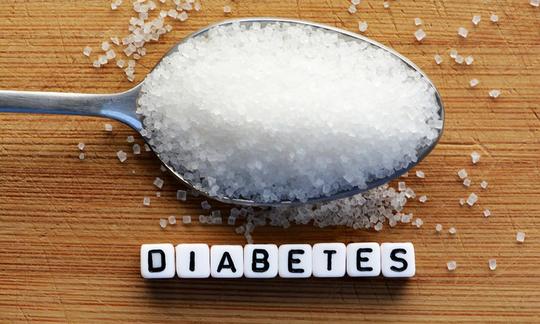

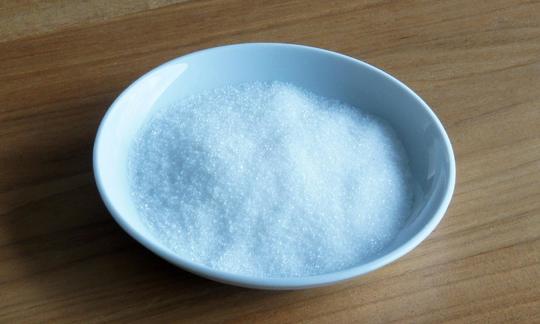

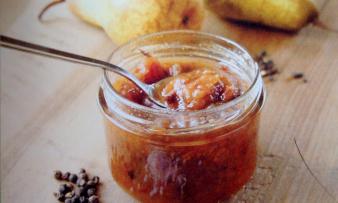
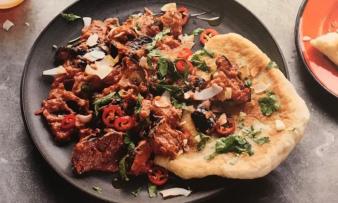
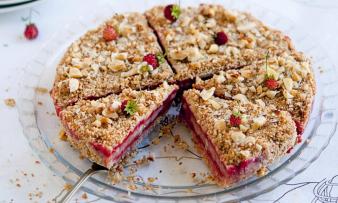

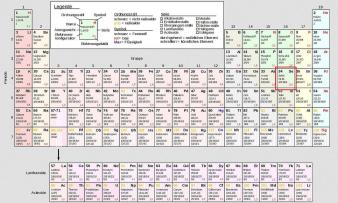
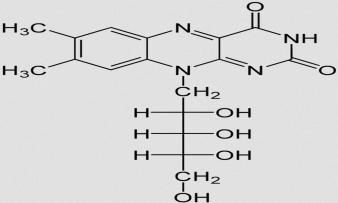


Comments